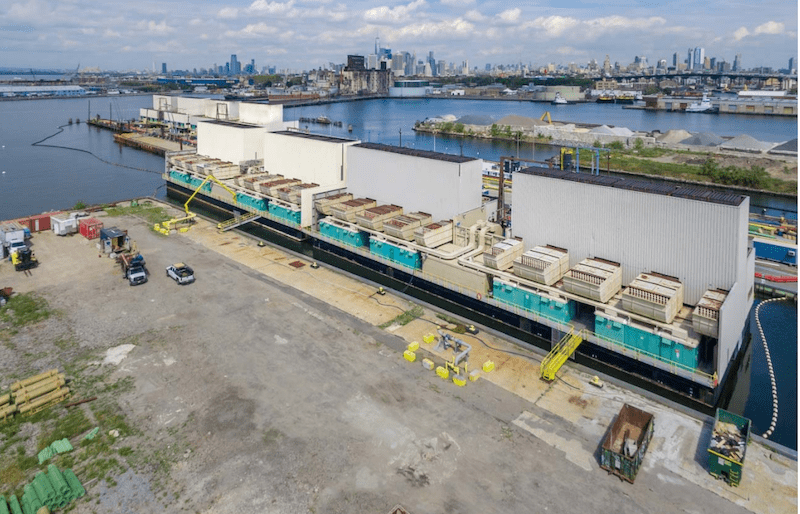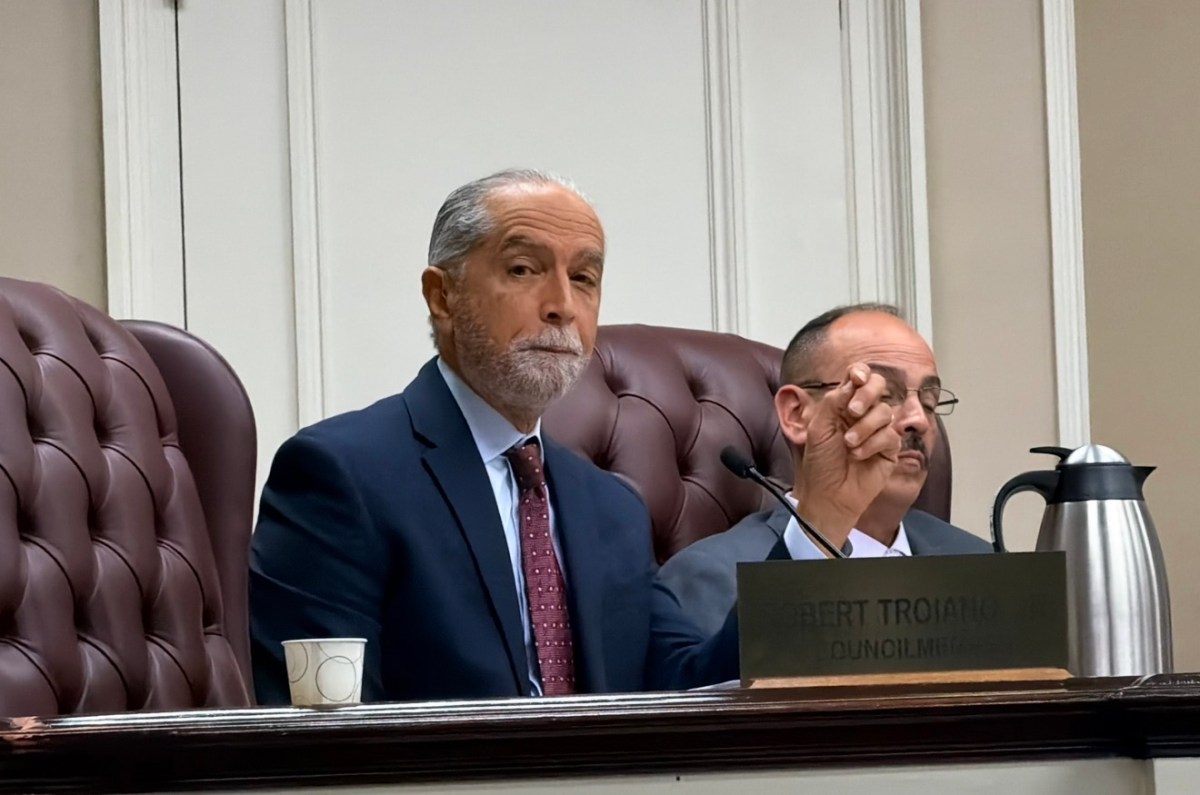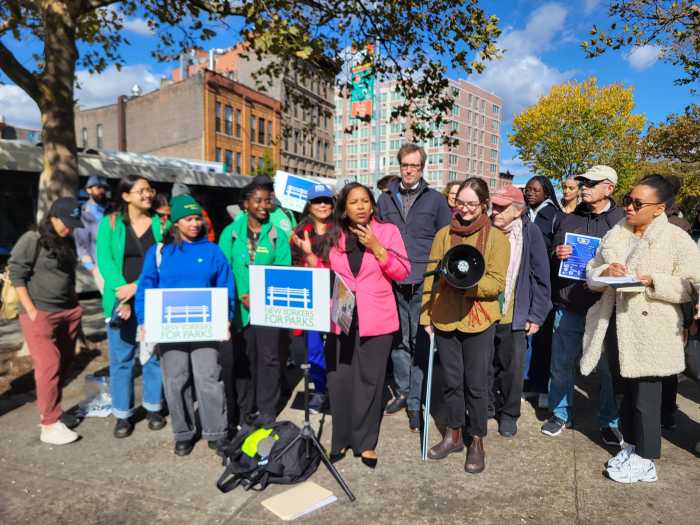City Comptroller and Mayoral candidate Scott M. Stringer Thursday urged the New York State Board on Electric Generation Siting and the Environment to reject a proposal by the Astoria Generating Company (AGC) to redevelop the fossil-fuel-powered Gowanus power plant located in the upper Gowanus Bay, advocating instead for renewable energy projects.
In a letter to Secretary Michelle L. Phillips yesterday, Stringer stated that AGC’s plans are “in direct contradiction with the clean energy and environmental justice goals of the Climate Leadership and Community Protection Act (CLCPA)”.
The CLCPA, which is a state law signed into effect in 2019, requires that 70% of electricity be generated from renewable energy sources by 2030, and that fossil fuel generation be eliminated by 2040.

However, the Gowanus plant runs entirely on natural gas obtained by fracking, which in itself carries risks of air pollution and water contamination at the source.
The Gowanus power plant also presents an environmental justice problem, Stringer says, in that Gowanus is home mostly to working-class people of color, who are therefore most directly exposed and impacted by the pollution.
“The area has been subject to decades of environmental abuse and neglect,” says Stringer, pointing to the area’s long industrial history, which has led to the Gowanus canal being so heavily polluted that it became designated as a superfund site in 2010.
Concerns of environmental justice are especially exacerbated by the recent COVID crisis, which has shown higher COVID death rates for people of color, due to environmental factors that they are disproportionately exposed to. Even without a pandemic, more than 3000 New Yorkers are estimated to die every year from exposure to fine air pollution.
“When non-polluting alternatives exist, it is incumbent on the Astoria Generating Company to fully explain why it is at all necessary to subject area residents to continued air pollution instead of embracing alternatives,” says Stringer.
AGC says that the plans to repower the plant will upgrade the existing system to cleaner, more efficient electrical generating units. The increase in energy efficiency will allow AGC to close some of the existing power barges in the neighborhood, decreasing the total number of operating power barges from six to two. AGC also says that the project would allow a transition to renewable energy over time, while greatly reducing air pollution levels.
However, Stringer says that given the nature of natural gas extraction, it seems unlikely that AGC will be able to drastically reduce emissions to be in line with CLCPA mandated standards.
“The Gowanus Repowering Project proposal would only serve to lock the city into decades of future emissions, all while forcing ratepayers to ultimately pick up the tab for a project that pollutes their own air,” Stringer said in his letter.
Instead of redeveloping the Gowanus plant, Stringer advocates for replacing the plant with batteries to support renewable energy development. He also urges the state to focus on programs such as New York City’s Local Law 97, which aims to significantly reduce energy use in buildings; as well as continue to invest in offshore wind and solar energy plants.
“All of these programs would generate the kind of green, well-paid jobs that can help jumpstart New York’s economy,” he says.
The Gowanus power plant is a peaker plant, meaning that it is only powered on when the city’s energy demand exceeds capacity. This often happens during summer months, where the use of air conditioners leads to extra energy demand.
While there is a move for greener power plants, not having some form of a fossel-fueled back-up generating plant has created havoc in California recently, resulting in rolling blackouts.
AGC first mentioned plans to redevelop the Gowanus plant in late 2018. The company is currently in the process of submitting plans for public engagement and comprehensive studies before being able to formally file an application for the Gowanus Repowering Project to the State.










